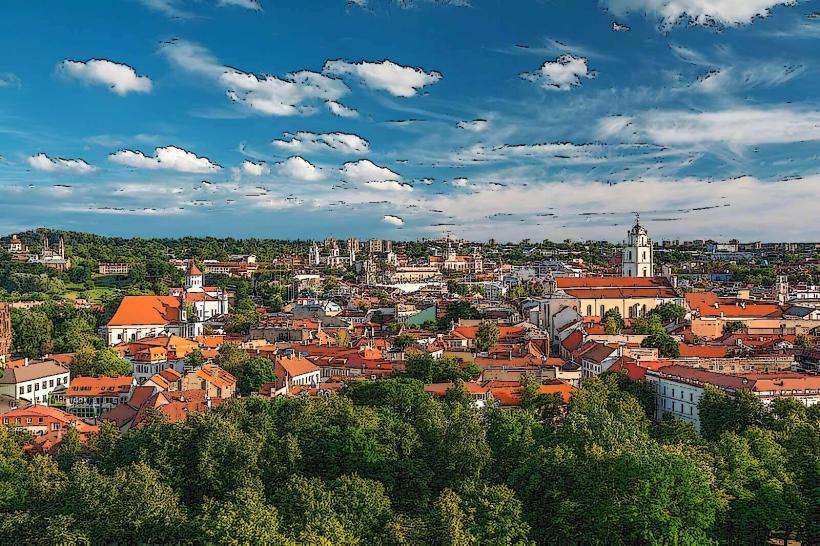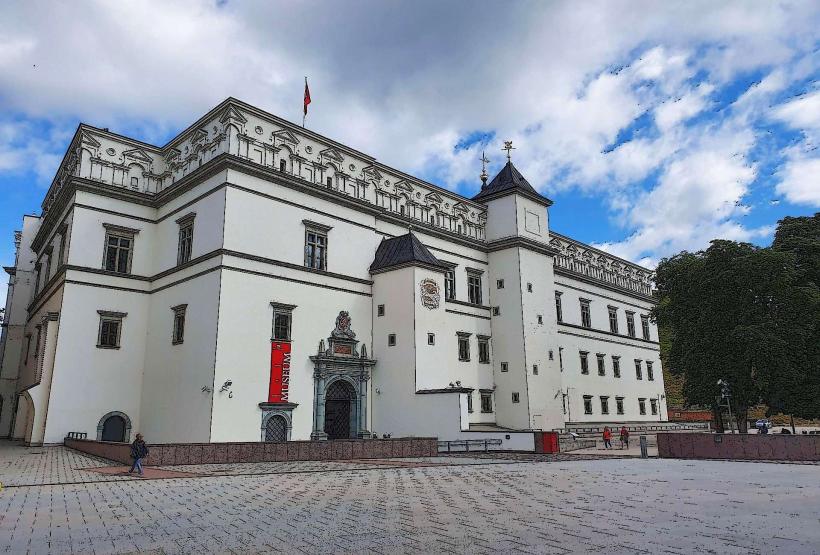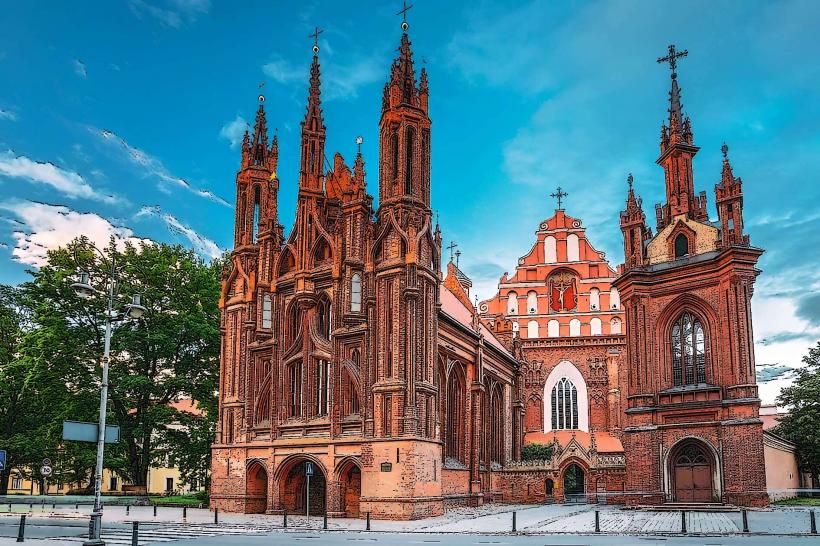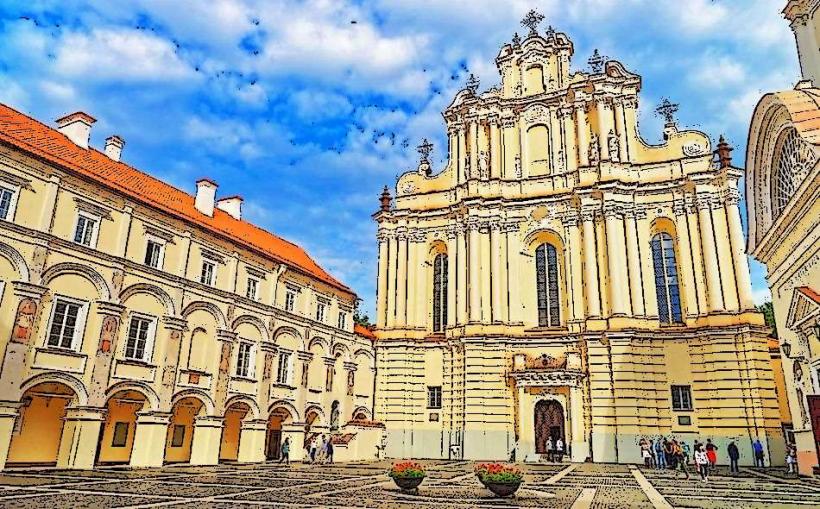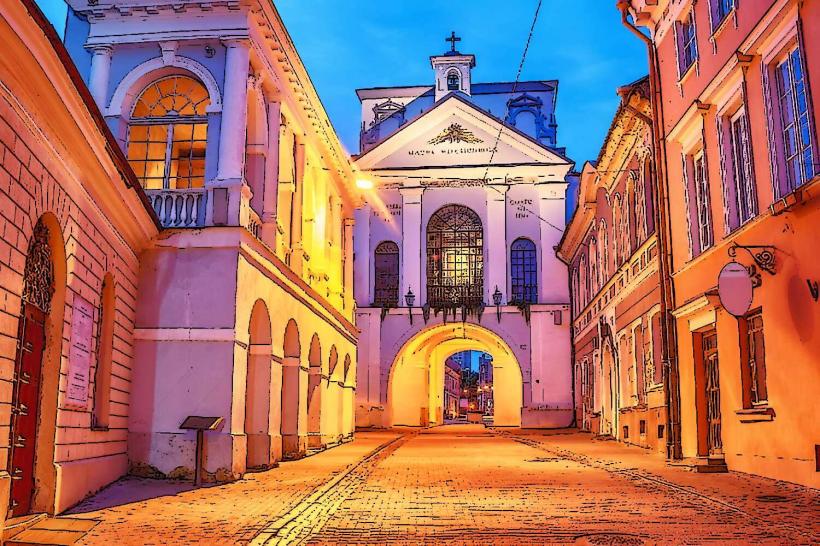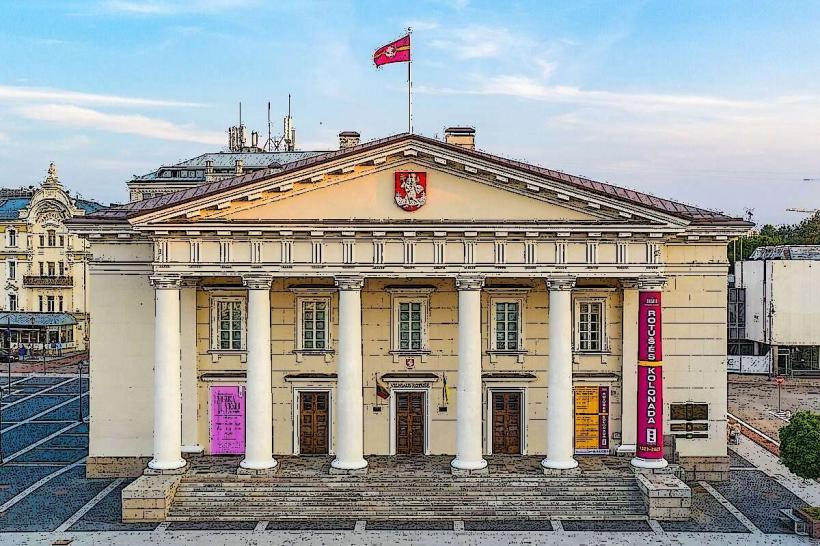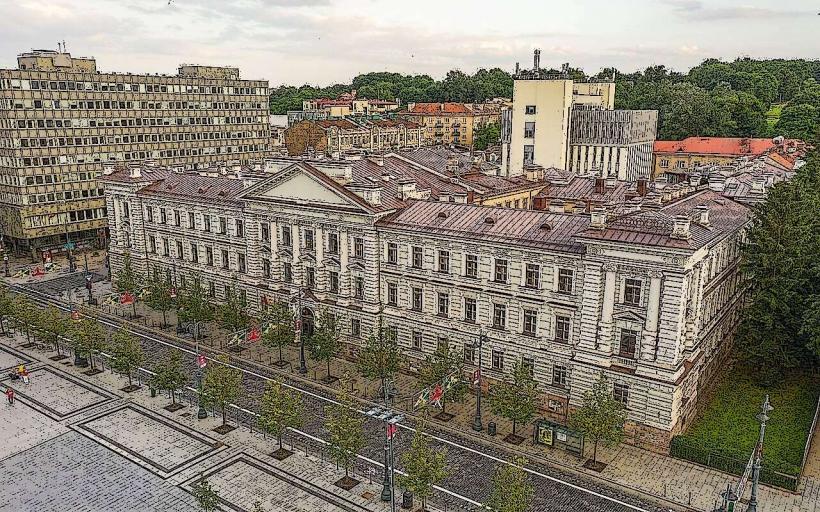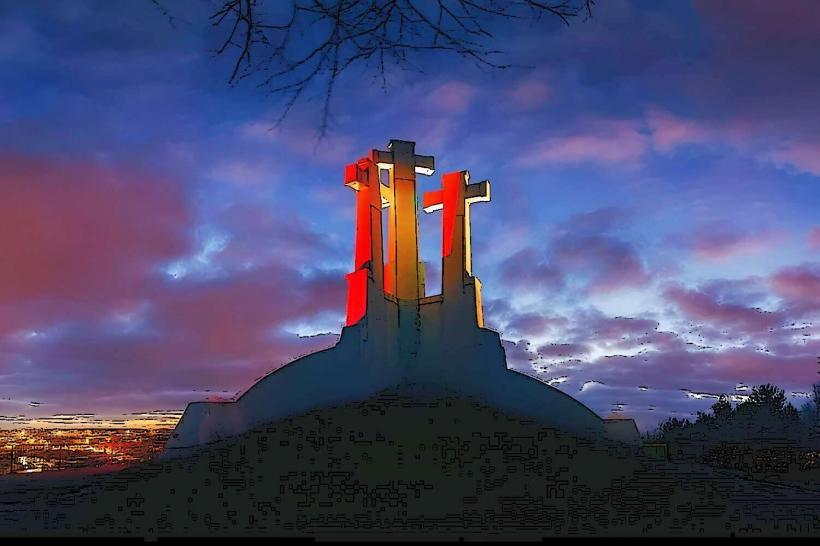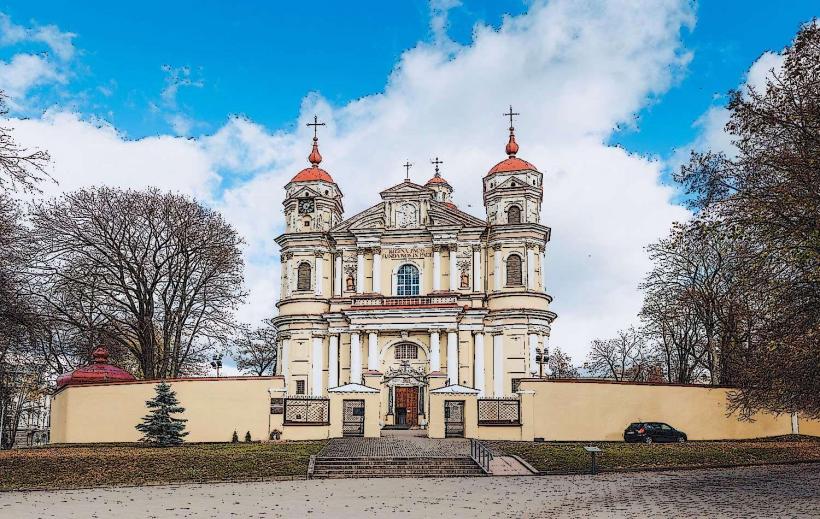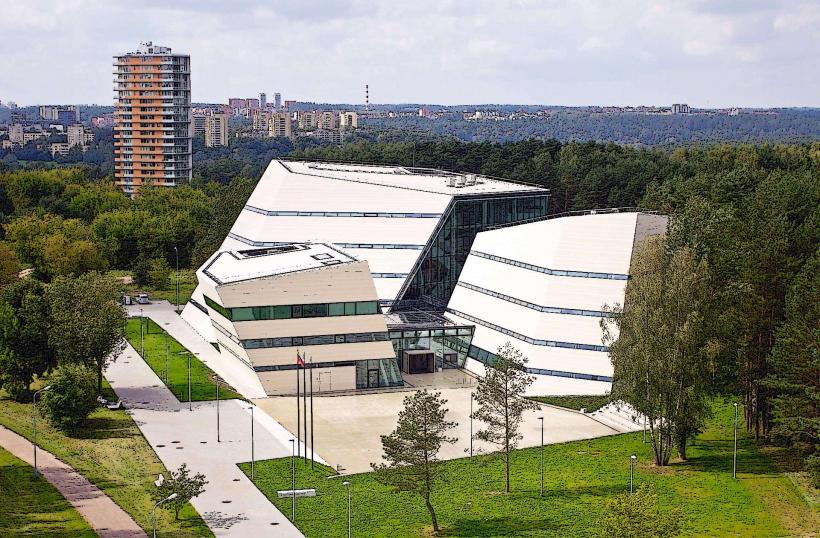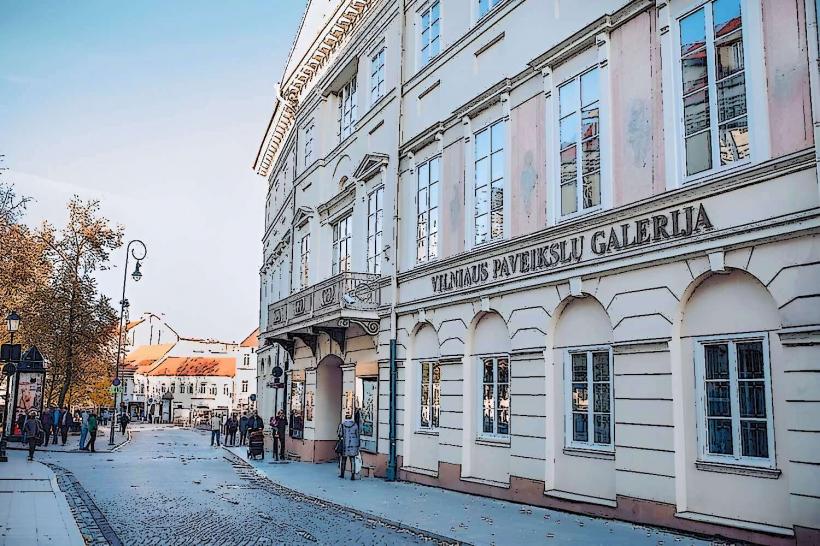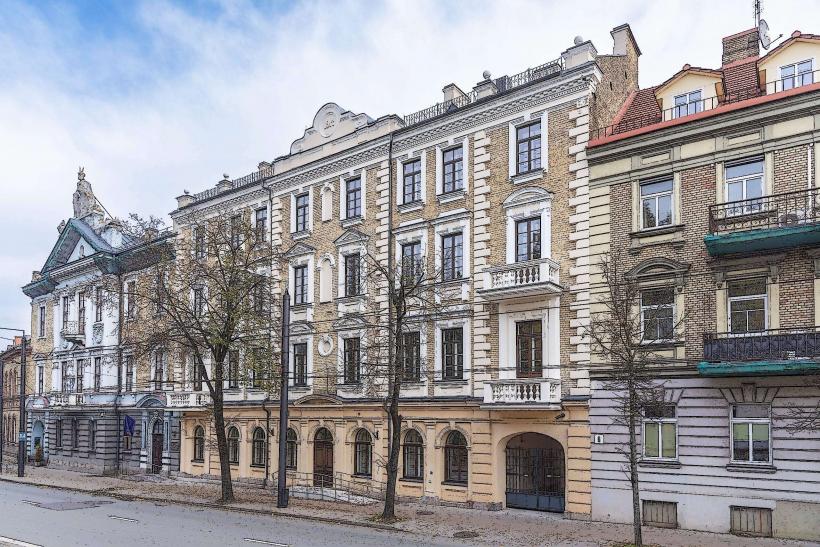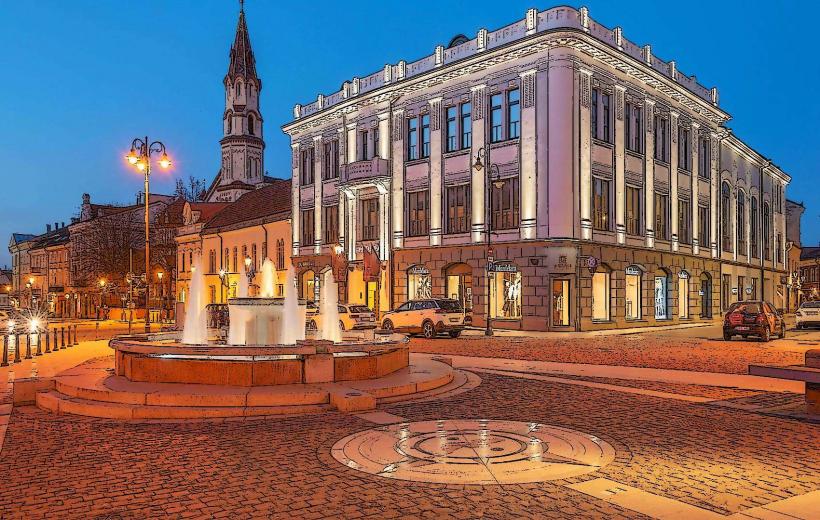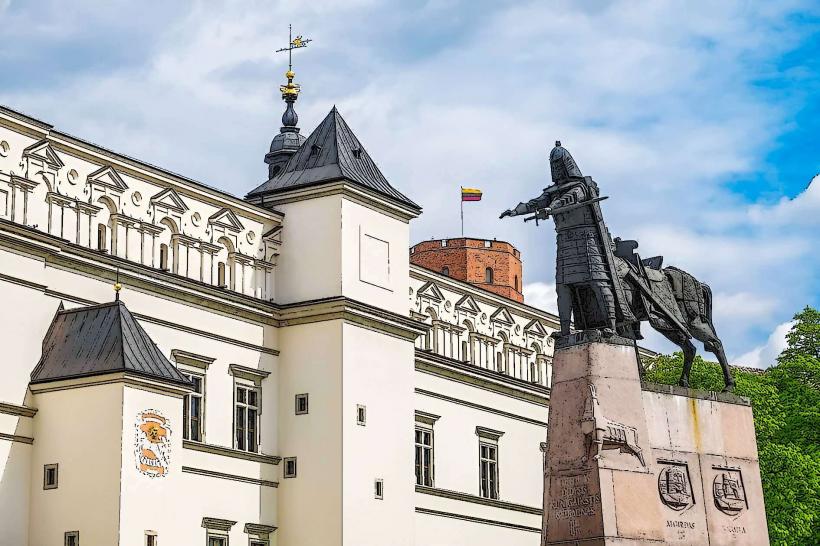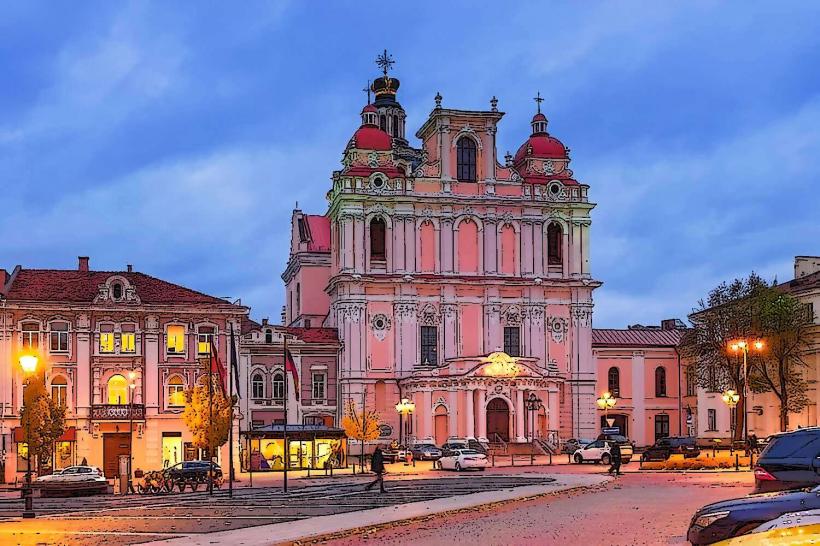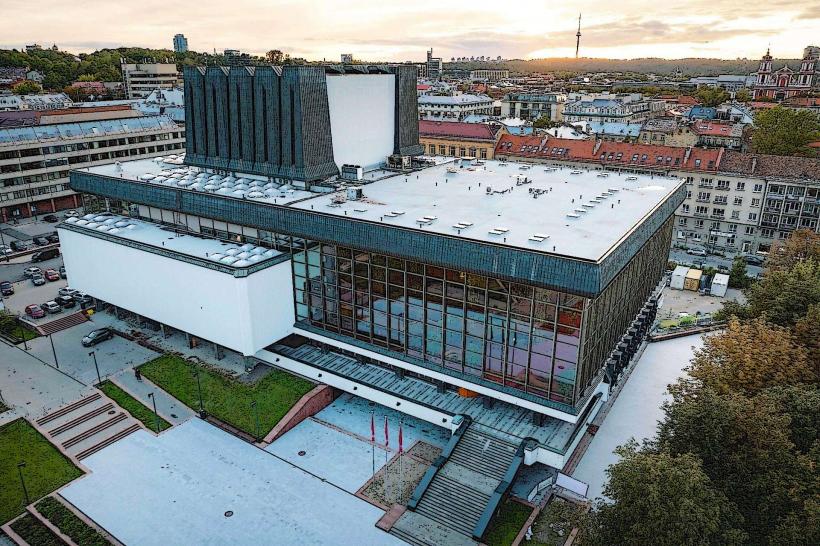Information
Landmark: Monument to Adam MickiewiczCity: Vilnius
Country: Lithuania
Continent: Europe
Monument to Adam Mickiewicz in Vilnius
The Monument to Adam Mickiewicz in Vilnius is a prominent statue dedicated to one of the most revered poets in Polish, Lithuanian, and European literature. Situated in the heart of the city, the monument honors the legacy of Adam Mickiewicz, whose work, including his epic poem "Pan Tadeusz", is deeply influential in the history and culture of the region.
Location
- The monument is located at Mickiewicz Square near Vilnius University, in the historic part of Vilnius Old Town. It stands as a significant cultural and literary landmark in the city, commemorating both Mickiewicz’s ties to Lithuania and his enduring contribution to European Romanticism.
Historical Background
Adam Mickiewicz (1798–1855) was born in what is now Belarus, but he spent a significant part of his life in Vilnius, where he studied at Vilnius University and developed many of his literary ideas. His connection to Vilnius is strong, as it was during his time in the city that he became involved in intellectual and political movements that shaped his work. He is considered one of the greatest Romantic poets in European literature, and his poetry has left a lasting legacy in Poland, Lithuania, and Belarus.
Mickiewicz’s most famous works, like "Pan Tadeusz", reflect the deep connection he felt to the land and people of the region. He is regarded as a national poet in Poland and Lithuania, and his writings have had a profound impact on the cultural and political development of both countries.
The Monument
The Monument to Adam Mickiewicz was erected in 1898 to mark the 100th anniversary of Mickiewicz's birth. The statue was designed by the sculptor Vincas Grybas, a well-known Lithuanian artist, and it is a symbol of Polish-Lithuanian cultural ties.
Design: The monument features a bronze bust of Adam Mickiewicz, with the poet depicted in a thoughtful pose, reflecting his intellectual and artistic nature. The figure of Mickiewicz stands tall on a stone pedestal, with an inscription that honors his contributions to literature. The design was intended to capture the essence of the poet’s character and to symbolize the deep connection between his works and the land of Lithuania.
Significance
Cultural Symbol: The monument stands as a symbol of shared heritage between Lithuania and Poland. Mickiewicz is celebrated not only for his literary genius but also for his role in the national movements of both countries. His works inspired generations of people in the fight for independence and freedom, making him a central figure in the cultural identity of both Lithuania and Poland.
Literary Legacy: The monument also emphasizes the importance of literature and intellectual exchange in shaping the political and cultural landscapes of the region. Mickiewicz's works, particularly his poems about the struggle for freedom, national identity, and romanticized depictions of the countryside, remain central to the identity of the people of Lithuania, Poland, and beyond.
Romanticism and Nationalism: As a Romantic poet, Mickiewicz is celebrated for capturing the spirit of the age, weaving together themes of freedom, nationalism, and the beauty of the land. The monument not only commemorates his achievements but also stands as a reminder of the importance of literature in fostering a sense of national pride and identity.
Visitor Experience
A Cultural and Historic Stop: The monument is located in a popular area near Vilnius University and other historic landmarks, making it a significant point of interest for visitors exploring the city. It is a place where people can learn about the life and work of Adam Mickiewicz and the shared history between Lithuania and Poland.
Proximity to Other Landmarks: The monument is in the vicinity of several important sites, such as Vilnius University, which was an essential place for Mickiewicz’s intellectual development. It is also close to other historical and cultural landmarks in Vilnius, providing an excellent opportunity for visitors to explore the city’s rich literary heritage.
Conclusion
The Monument to Adam Mickiewicz in Vilnius is a lasting tribute to one of the most influential figures in Eastern European literature. The statue stands as a reminder of Mickiewicz's deep connection to the region and his lasting impact on Polish, Lithuanian, and European cultural identity. It is not only an important landmark in Vilnius but also a symbol of the enduring power of literature to shape national consciousness and cultural ties.

